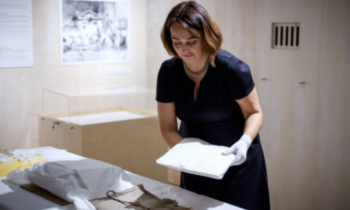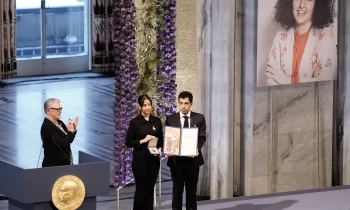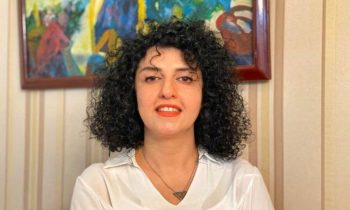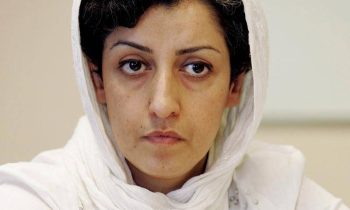
As part of this year’s Nobel Peace Prize Exhibition, Ban the Bomb, the Nobel Peace Center presents five personal artefacts left by victims of the 1945 nuclear bombs, showing for the first time in Northern Europe. These artefacts bear silent witness to the devastating impact of the nuclear bomb on the cities of Hiroshima and Nagasaki, and the lives that were lost and forever changed.
The personal belongings are presented in the exhibition alongside a unique photo series by internationally acclaimed visual artist Sim Chi Yin about the current nuclear threat, and a tribute to Nobel Peace Prize winner ICAN and call to action to engage in the work against nuclear weapons.
“These artefacts left by victims of the 1945 atomic bombs bear silent, but strong, witness to the devastating impact on the cities of Hiroshima and Nagasaki and above all on the human beings that were living there. We are very grateful for the generous loan of the artefacts from the Hiroshima Peace Memorial Museum, the Nagasaki Atomic Bomb Museum and the Kyoto Museum for World Peace”, says Liv Tørres, Director at the Nobel Peace Center. “This is the first time that artefacts from Hiroshima and Nagasaki are presented in Norway and we hope that these personal and telling artefacts will move people’s hearts and inspire debate on nuclear weapons.”
The artefacts include a bag, a hood, a lunch box, a rosary and a wrist watch.
- The first artefacts are a school bag that contains an air raid hood that belonged to Yukitoshi Masuda, a 13-year-old boy who was working at a building demolition worksite in Hiroshima on the morning of August 6th, and went missing after the horrendous blast. His father searched for him in the city for a week, but never found his son. The only remains was Yukitoshi’s bag that had been found and delivered to the family by a neighbor.
- A lunch box belonging to another student, Yuso Ikuta, was found at the demolished site in Hiroshima where he was working together with 180 students from his school. Their bodies were in such condition that they were difficult to identify, or even burnt to ashes, but Yuso’s mother identified his lunch box as it contained the burnt remains of the food his mother had made for him that fateful morning.
- A rosary will also be displayed that was found in the ruins of a house 500m from the hypocenter of the Nagasaki nuclear bomb explosion. The rosary is a reminder of the thriving Catholic community that resided in the city before the nuclear bomb destruction.
- The last object is a glaring reminder of how quickly life can change in a minute. It is a wrist watchthat was found in the ruins of a house only 600 meters from the epicenter of the explosion. It stopped at 11:02 am, the exact time that the nuclear bomb exploded over Nagasaki on August 9, 1945.
“These objects touch every part of your being. They show us that the destruction of the nuclear bombs in Hiroshima and Nagasaki first and foremost hit individuals, like Yukitoshi and Yuso. Each object tells a unique story and is a strong reminder of the horror of nuclear weapons.”, says Liv Astrid Sverdrup, Director of exhibitions at the Nobel Peace Center.
(N.Sethu)



